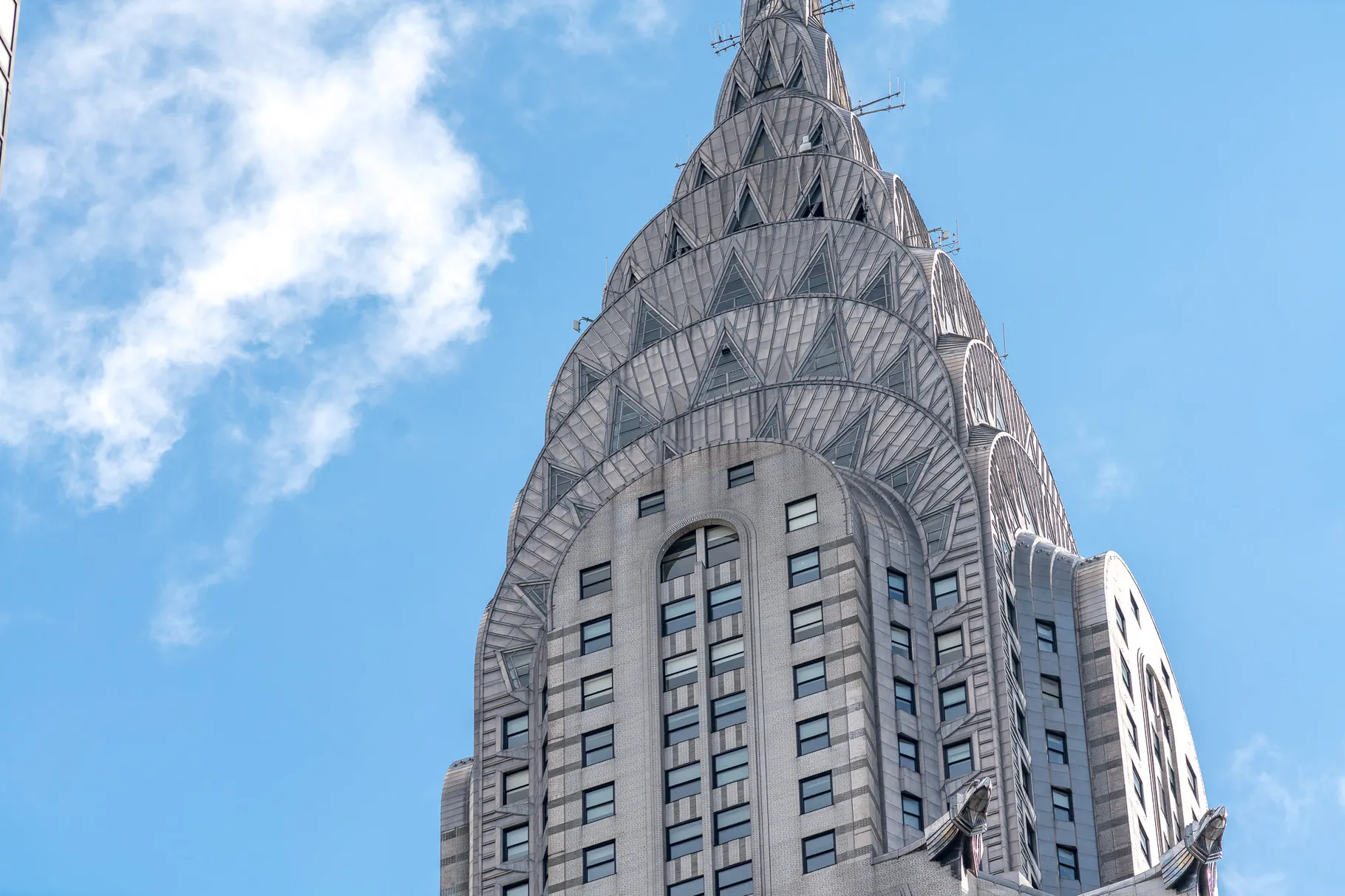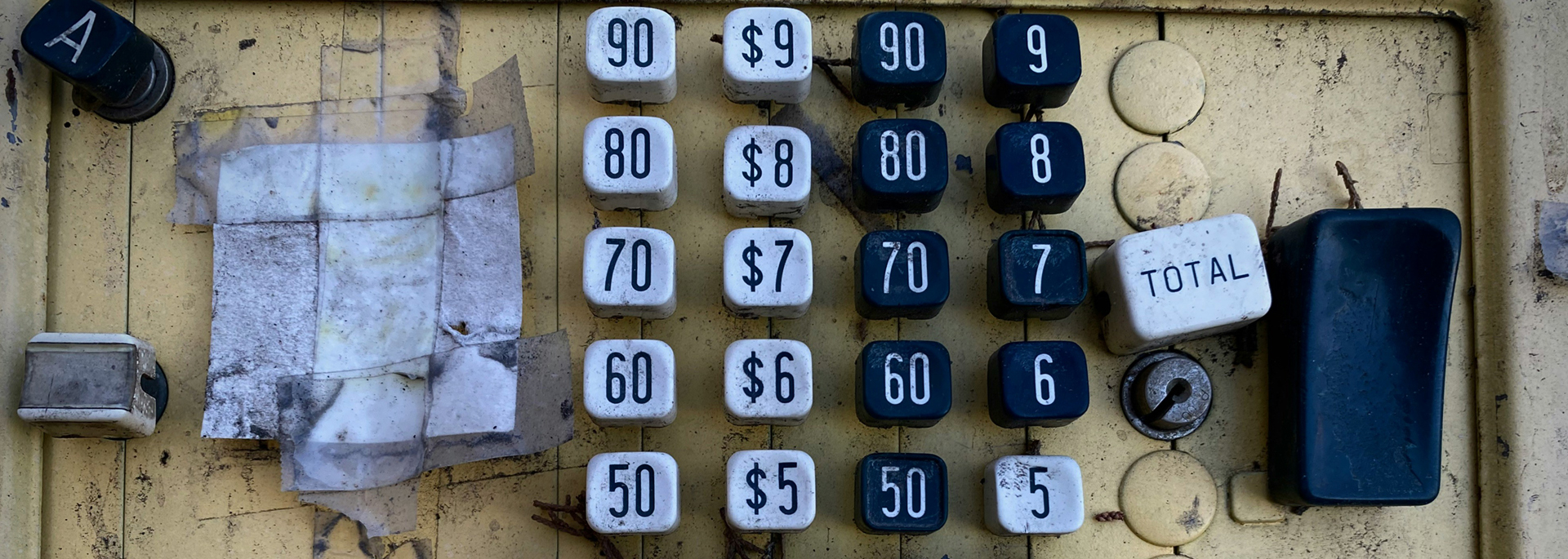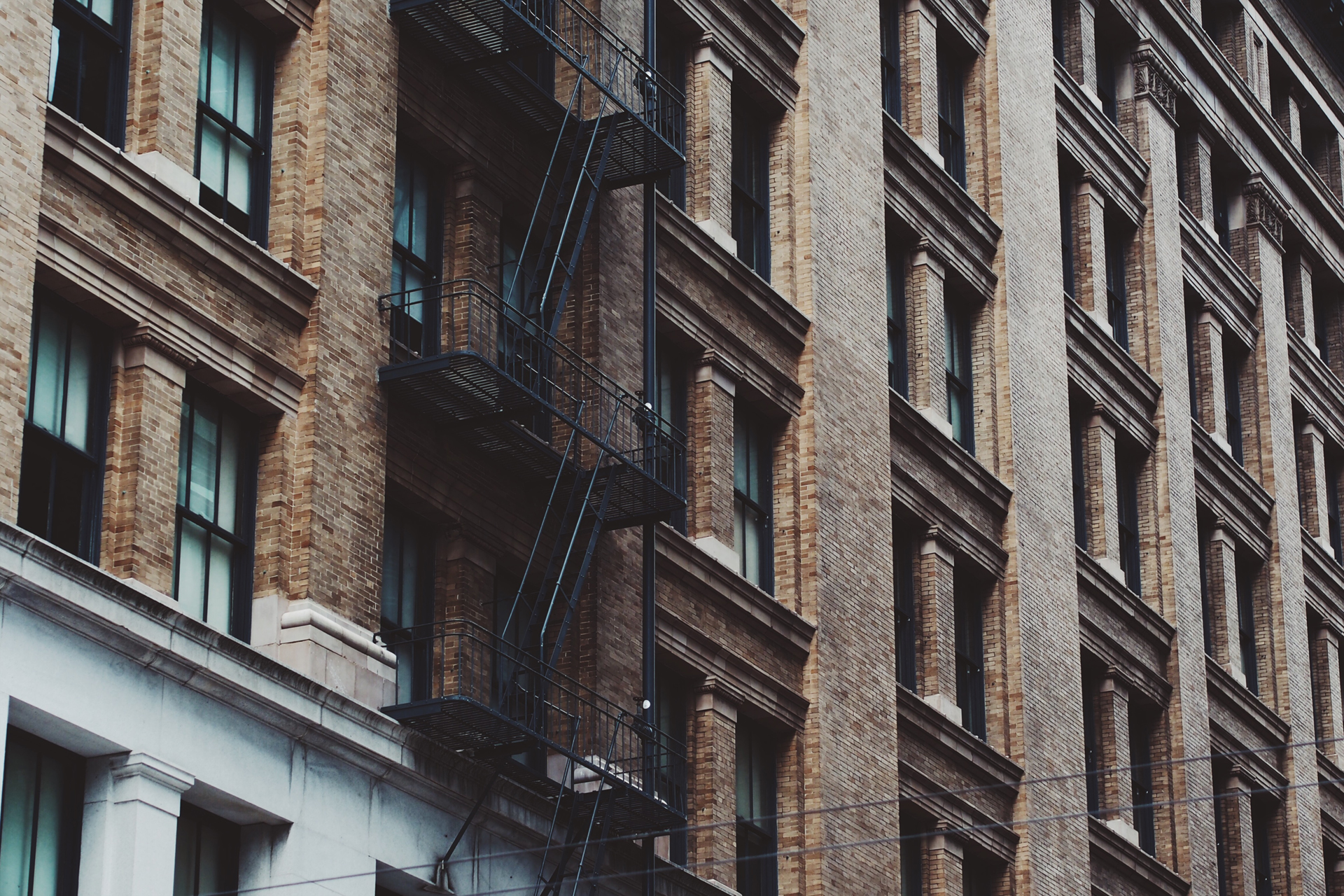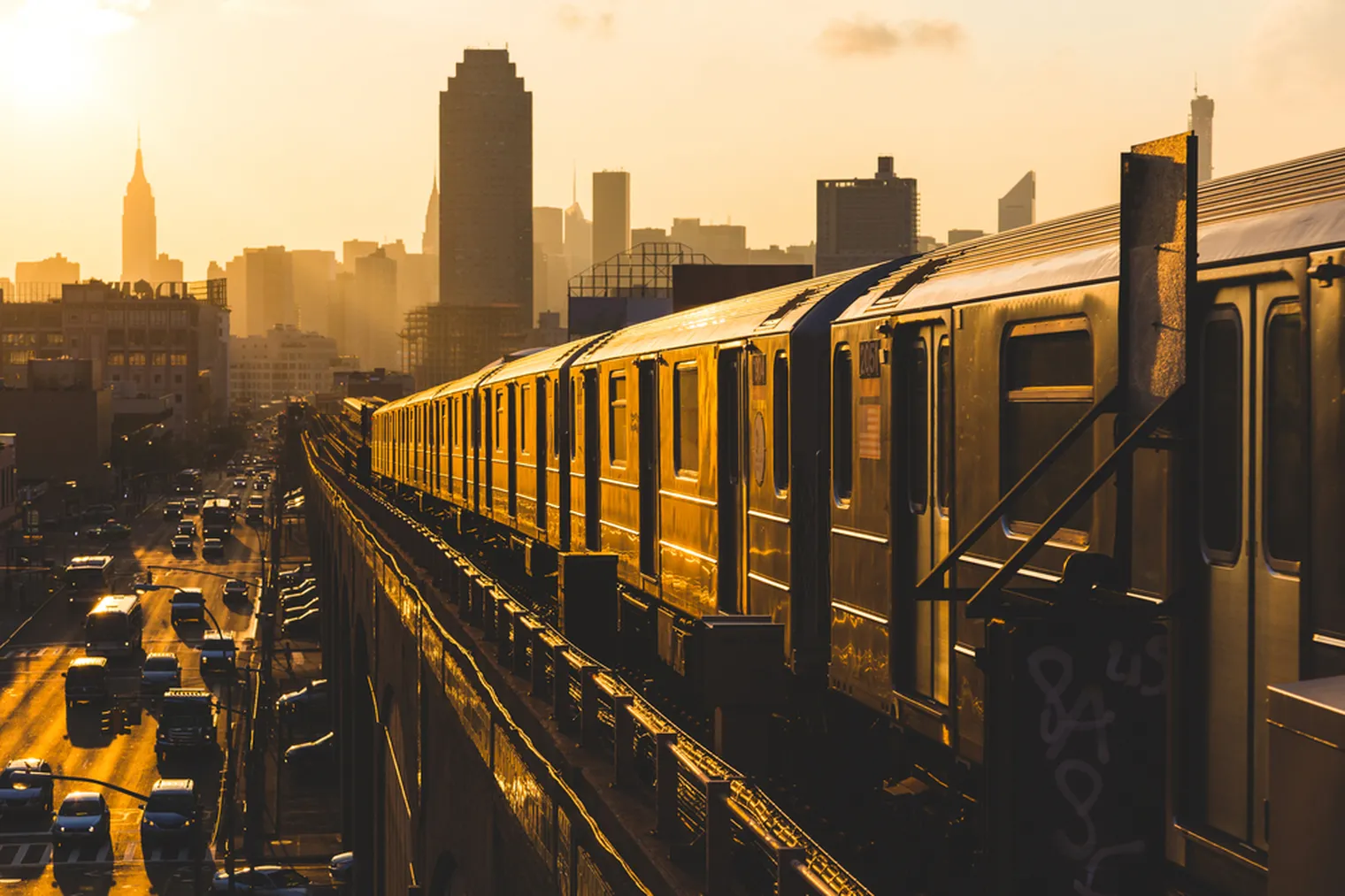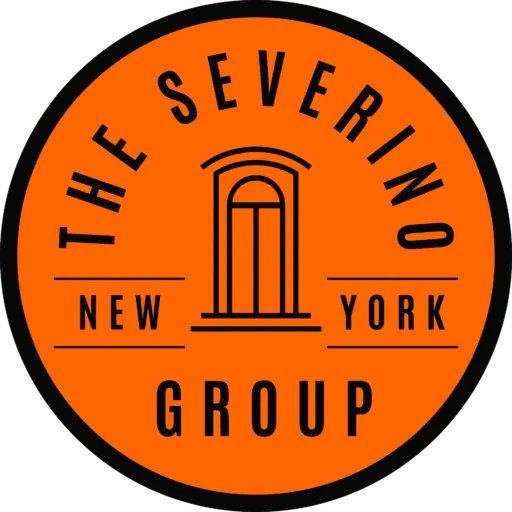New York City, famously known as the City That Never Sleeps, is a bustling metropolis of skyscrapers, neon lights, and endless energy. Amidst this concrete jungle, however, lies a network of green spaces and recreational areas that offer a much-needed respite to both locals and tourists alike. As experienced NYC journalists, we’ve explored the corners of the city’s parks and recreation facilities to bring you a glimpse into these urban oases.

Pelham Bay Park: The City’s Largest Green Expanse
Pelham Bay Park, located in the Bronx, is the largest public park in New York City, spanning over 2,772 acres. This park is a marvel of diversity, offering everything from lush forests and meandering trails to Orchard Beach, the city’s only public beach. Pelham Bay Park is also home to the historic Bartow-Pell Mansion Museum and the Split Rock Golf Course, making it a place where history, recreation, and natural beauty intersect. Whether you’re exploring the extensive hiking trails, enjoying a day of sun at the beach, or delving into the area’s rich history, Pelham Bay Park offers an unparalleled urban escape.

Central Park: The Heart of NYC’s Green Space
Central Park, an iconic landmark, stretches over 843 acres in the heart of Manhattan. It’s not just a park; it’s an experience. With its sprawling meadows, picturesque bridges, and tranquil bodies of water, Central Park is a haven for joggers, bikers, and nature lovers. The park also hosts a variety of activities, from Shakespeare in the Park performances to rowboat rentals on the lake, making it a versatile destination for recreation and relaxation.
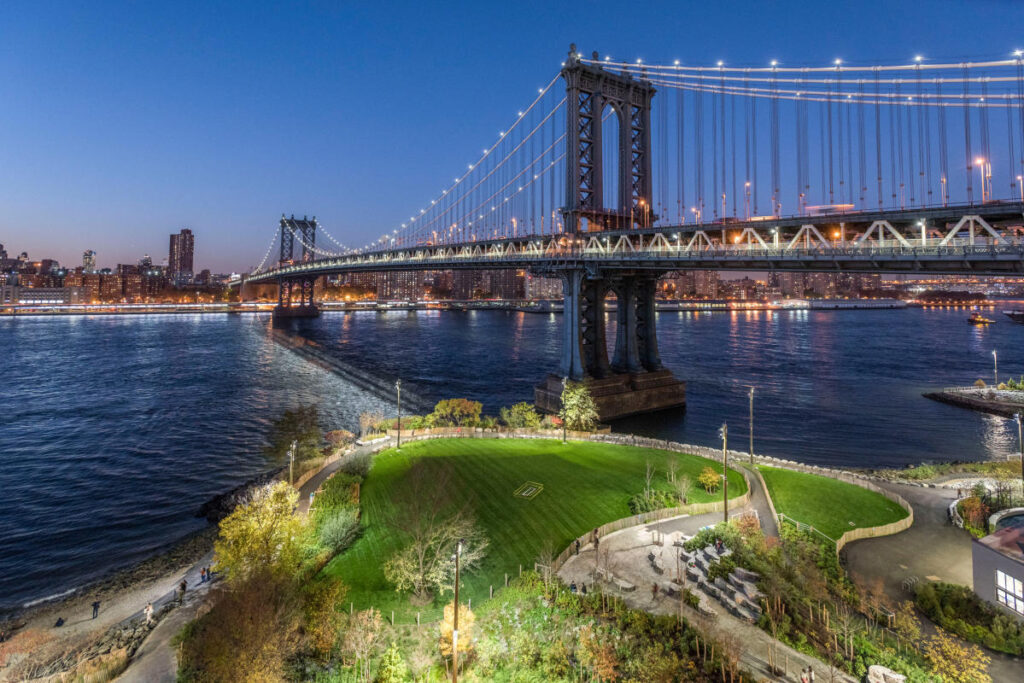
Brooklyn Bridge Park: A Riveting Riverside Retreat
Nestled along the East River, Brooklyn Bridge Park offers breathtaking views of the Manhattan skyline and the Statue of Liberty. This 85-acre waterfront park is a favorite for its innovative playgrounds, sports facilities, and lush green spaces. Whether you’re enjoying a picnic on the lawns, playing basketball with friends, or kayaking in the river, Brooklyn Bridge Park provides a unique blend of urban and natural landscapes.
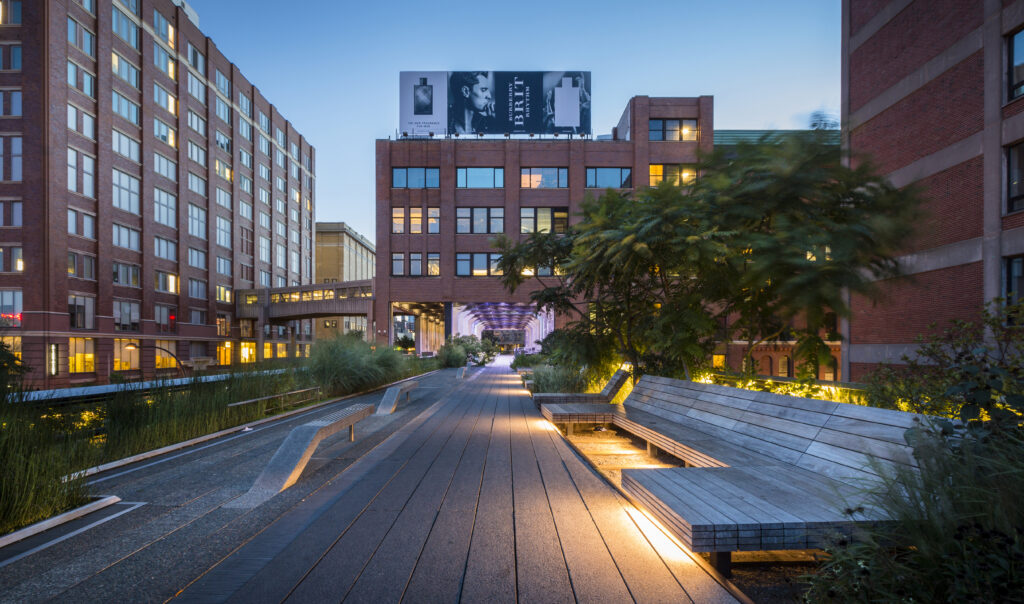
The High Line: A Modern Twist on Urban Parks
The High Line is a testament to innovative urban renewal. What was once a derelict railway line has been transformed into a 1.45-mile-long elevated park. This linear oasis features meticulously landscaped gardens, outdoor art installations, and panoramic views of the city’s architecture. The High Line is more than just a park; it’s a walking route that offers a peaceful escape from the city’s hustle and bustle, floating above the streets of Manhattan.

Flushing Meadows-Corona Park: A Cultural and Recreational Hub
As the fourth largest park in NYC, Flushing Meadows-Corona Park in Queens is a hub of activity and culture. Home to the USTA Billie Jean King National Tennis Center, the New York Hall of Science, and the Queens Museum, this park is a blend of recreation, education, and art. The iconic Unisphere, a remnant of the 1964 World’s Fair, stands as a symbol of global unity and is a must-see landmark within the park.

Brooklyn’s Scenic Sanctuary
Designed by the same landscape architects behind Central Park, Prospect Park is Brooklyn’s answer to Manhattan’s famous green space. With its 585 acres, the park features the Prospect Park Zoo, the Brooklyn Botanic Garden, and a 60-acre lake. It’s a favorite spot for bird watching, fishing, and sports, offering a diverse range of activities set against a backdrop of natural beauty.
New York City’s parks and recreational areas are vital to the urban ecosystem, providing not just green space, but venues for culture, sport, and community. These urban oases are where New Yorkers can slow down, enjoy nature, and recharge, proving that even in the city that never sleeps, there are plenty of opportunities to pause and breathe in the beauty of nature. Whether you’re a local or a visitor, exploring NYC’s parks and recreation facilities is an essential part of experiencing the city’s unique charm.
